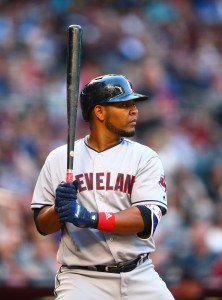3:05pm: Minor League Baseball has issued the following statement in the wake of this mornings report on contraction:
Recent articles on the negotiations between MiLB and Major League Baseball (MLB) are largely inaccurate. There have been no agreements on contraction or any other issues. MiLB looks forward to continuing the good faith negotiations with MLB tomorrow as we work toward an agreement that best ensures the future of professional baseball throughout the United States and Canada.
11:04am: Minor League Baseball has resisted a contraction and realignment push since Major League Baseball launched it last fall. But the stark realities of the coronavirus pandemic have forced MiLB to accept that outcome in advance of negotiations with its big-brother league, J.J. Cooper of Baseball America reports.
That’s not to say that MiLB is willing to accept the MLB plan in full. It seems the focus on the minors side is twofold: First, ensuring that some legitimate form of baseball carries on in the places where affiliated ballclubs are axed. And second, arriving at a system that provides stability and security for the long haul.
If the broad parameters of the MLB plan are indeed agreed upon, then all thirty big league clubs will end up with four affiliated apiece (120 in total). In the 42 places that would lose the chance to field a minor-league roster of players, Cooper writes, the aim is for “baseball of a reasonably high quality in an economic system that would have staying power.” Getting such assurances could force minor-league clubs to cede significant additional authority to MLB as part of the overall workout.
There’s obviously still quite a lot at play with negotiations expected to take place in earnest. You’ll certainly want to read the entire piece from Cooper to understand the full details of the present situation.

